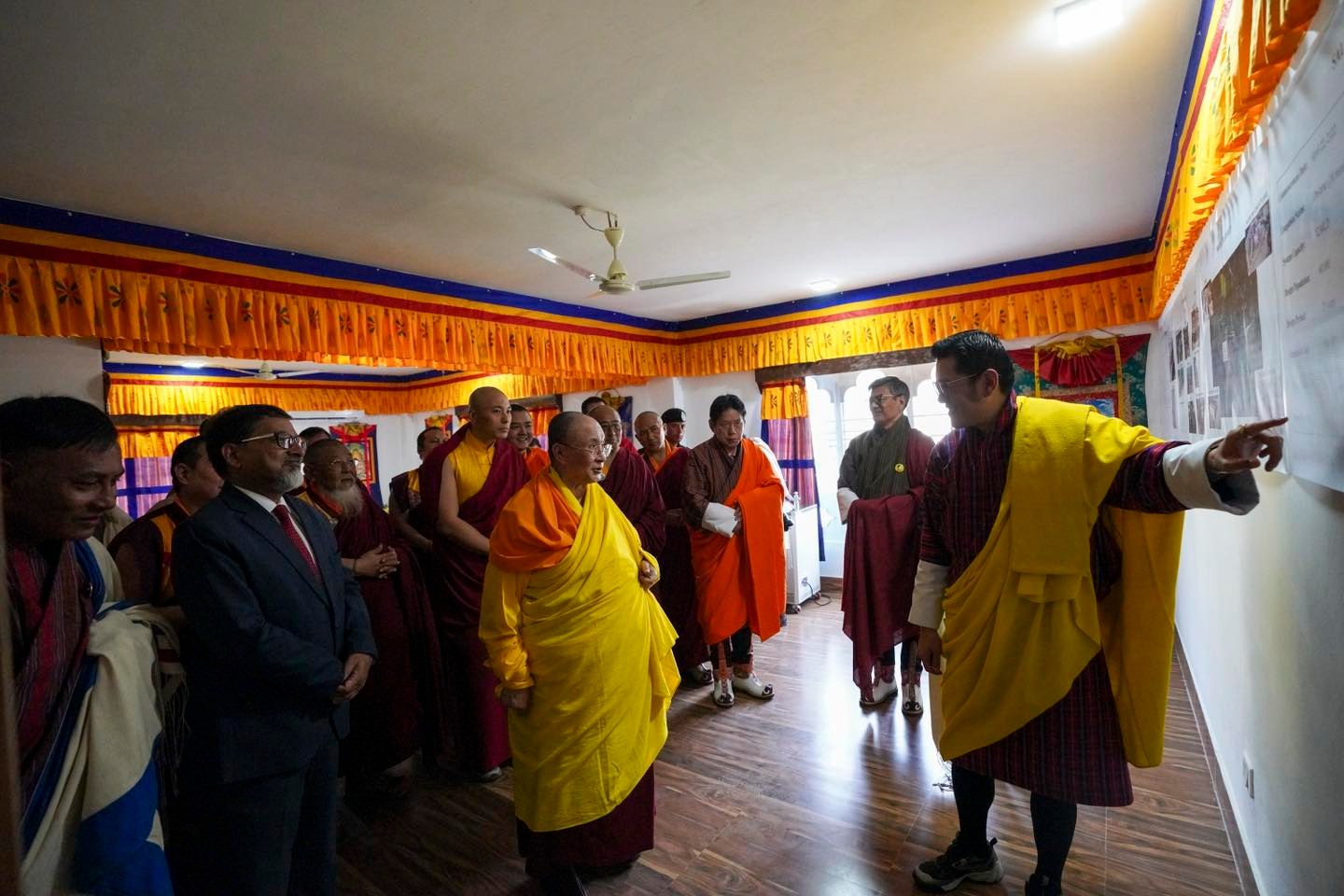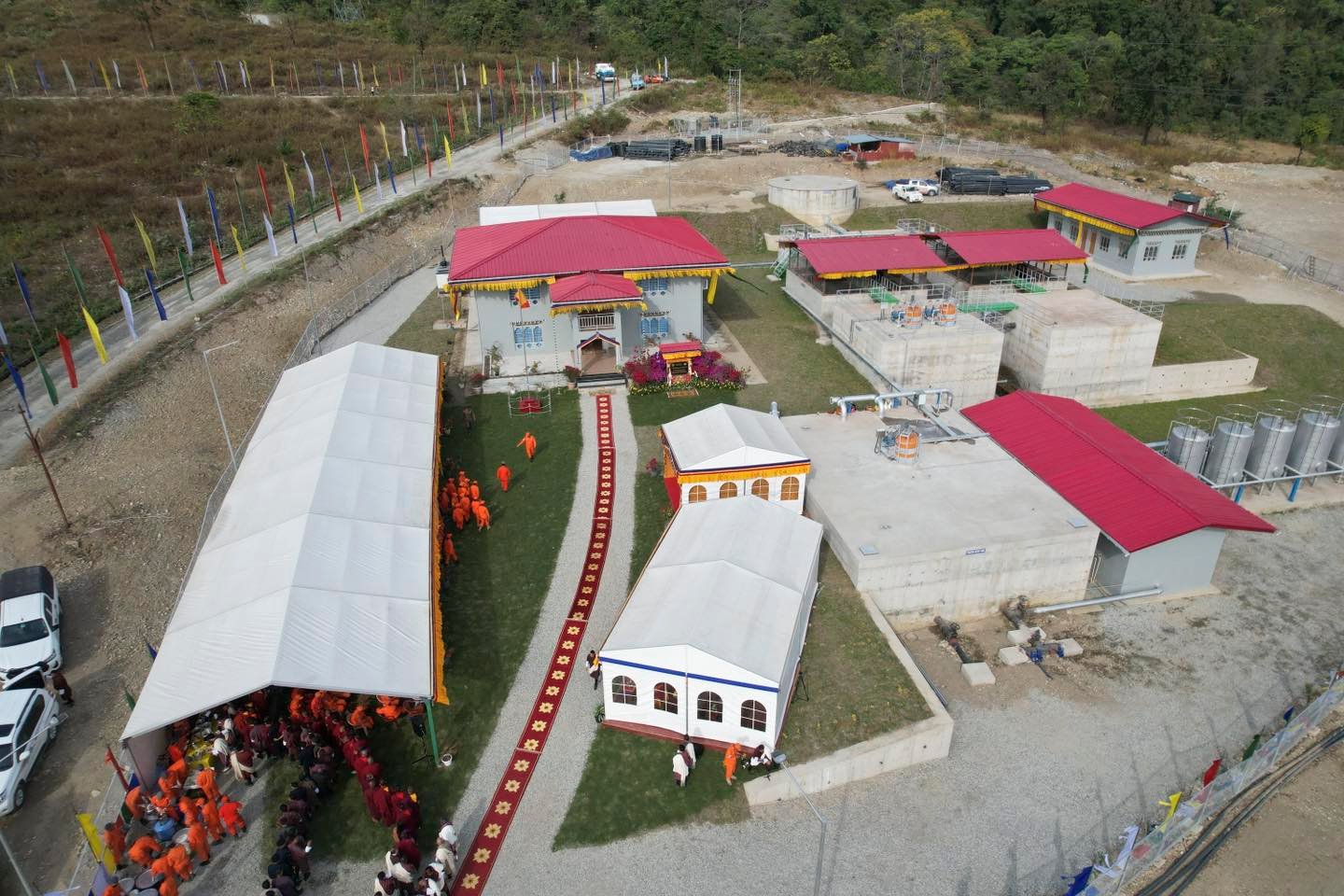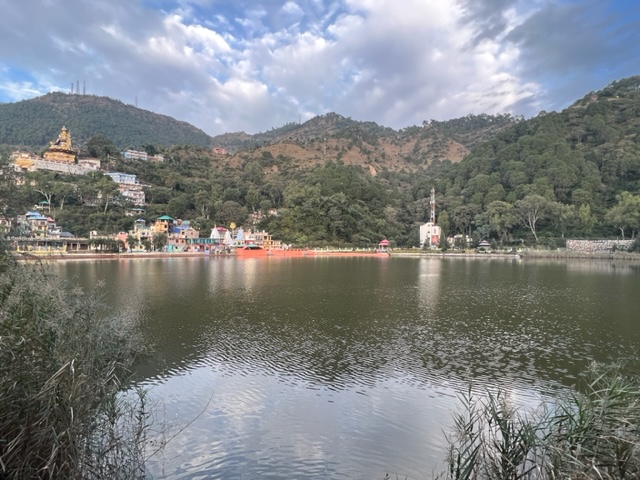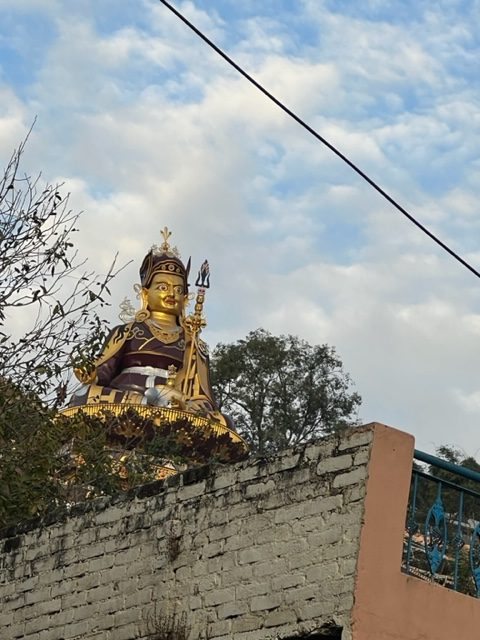Monday (May 19)
Cyclic Animal – Wood Hog
Elemental Combination- Earth Fire
Good Day- Regular offerings and appease Naga (Luu)
Not a Good Day- To appease local deities, appoint to a new post, shift house, enter a new house, marry, approach a higher authority, hold a good discussion, sow seeds, plant trees and flowers, make medicine, and start a new business.
Good Time – 7 am to 9 am and 11 am to 12 pm
Tuesday (May 20)
Cyclic Animal – Fire Rat
Elemental Combination- Water Water
Good Day- To appoint to a new post, shift house, enter a new home, marry, approach a higher authority, hold a good discussion, sow seeds, plant trees and flowers, make medicine, and start a new business. However, this year (Wood Female Snake Year) is considered inauspicious/unfavorable, so a purification ritual is recommended to cleanse its negative influences.
Not a Good Day- To take a new baby out of the house, celebrate birth, astrological predictions, and divinations for both the dead and the living.
Good Time – 7 am to 8 am and 11 am to 12 pm
Wednesday (May 21)
Cyclic Animal – Earth Ox
Elemental Combination- Earth Air
Good Day- To conduct annual and scheduled calendar offerings only.
Not a Good Day- To appease local deities, conduct wealth accumulation ritual, start education, start a new business, hold a good discussion, appoint to a new post, hand and take over an office, marry, celebrate, appoint a new military leader, and inaugurate military training.
Good Time – 9 am to 10 am and 11 am to 12 pm
Thursday (May 22)
Cyclic Animal – Iron Tiger
Elemental Combination- Earth Fire
Good Day- To conduct annual and scheduled calendar offerings only.
Not a Good Day- To appease local deities, conduct wealth accumulation ritual, start education, hand and take over an office, start a new business, shift house, enter a new home, approach a higher authority, hold a good discussion, and sow seeds.
Good Time – 5 am to 7 am and 12 pm o 2 pm.
Friday (May 23)
Cyclic Animal – Water Hare. From 4:49 pm Wood Dragon
Elemental Combination- Earth Water
Good Day- To start education, hand and take over an office, start a new business, appoint to a new post, approach a higher authority, hold a good discussion, and inaugurate sports training.
Not a Good Day- To start a house construction, roof a house, shift house, and sell a property
Good Time – 9 am to 11 am
Saturday (May 24)
Cyclic Animal – Wood Dragon. From 2:25 pm Fire Snake
Elemental Combination- Fire Water
Good Day- To conduct annual and scheduled calendar offerings only
Not a Good Day- To hand and take over an office, start education, appoint to a new post, shift house, start a new business, enter a new home, approach a higher authority, hold a good discussion, marry, astrological predictions and divinations for both the dead and the living.
Good Time – 6 am to 8 am and 9 am to 10 am
Sunday (May 25)
Cyclic Animal – Fire Snake. From 12.01 pm – Earth Horse
Elemental Combination- Water Air
Good Day- To conduct annual and scheduled calendar offerings only
Not a Good Day- To appoint to a new post, shift house, start a new business, take the body to the cemetery, designate a new cremation ground, and hoist Lungdhar.
Good Time – 10 am to 12 pm
Monday (May 26)
Cyclic Animal – Earth Horse. From 9.36 pm – Iron Sheep
Elemental Combination- Fire Fire
Good Day- To appoint to a new post, start education, start a new business, shift house, hold a good discussion, sow seeds, plant trees and flowers.
Not a Good Day- For dead activities
Good Time – 7 am to 9 am
Tuesday (May 27)
Cyclic Animal – Iron Sheep. From 7.13 am – Water Monkey
Elemental Combination- Fire Water
Good Day- To conduct annual and scheduled calendar offerings only
Not a Good Day- To appoint to a new post, start education, start a new business, shift house, hold a good discussion, sell property, hoist Lungdhar, receive and see off guests, astrological predictions and divinations for both the dead and the living.
Good Time – 11 am to 1 pm



